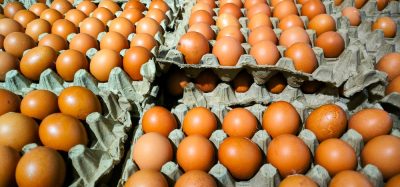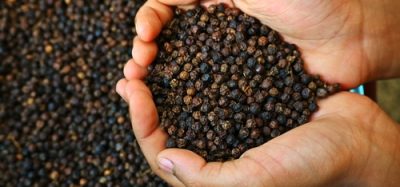How do wine tariffs impact consumers and producers?
- Like
- Digg
- Del
- Tumblr
- VKontakte
- Buffer
- Love This
- Odnoklassniki
- Meneame
- Blogger
- Amazon
- Yahoo Mail
- Gmail
- AOL
- Newsvine
- HackerNews
- Evernote
- MySpace
- Mail.ru
- Viadeo
- Line
- Comments
- Yummly
- SMS
- Viber
- Telegram
- Subscribe
- Skype
- Facebook Messenger
- Kakao
- LiveJournal
- Yammer
- Edgar
- Fintel
- Mix
- Instapaper
- Copy Link
Posted: 30 May 2022 | New Food | No comments yet
A new study finds that wine is often used as a scapegoat in trade disputes, resulting in damaging consequences for consumers and produces alike.


A new study from the University of Illinois has flagged wine as one of the most heavily traded products worldwide and a prime target for import tariffs.
According to the researchers, wine is a popular target for trade disputes because its producers are heavily reliant on export markets, whilst the commodity is of crucial cultural significance for many countries.
The European Union produces 60 percent of the world’s wine and accounts for 67 percent of global exports. Other large producers include the US, with 8.2 percent of the world’s output and five percent of wine exports, as well as Australia, Argentina, Chile and China.
“Wine often becomes a punching bag in trade disputes. It gets targeted for cross-retaliatory measures and punitive tariffs imposed by parties in dispute,” said William Ridley, Assistant Professor of agricultural and consumer economics at the University of Illinois, and lead author of the research paper published in Food Policy.
Wine has been caught in the crossfire of several recent trade disputes, but for the purposes of their study, the researchers focused on the impacts of two ongoing conflicts.
The US and EU
The US and the EU have recently been engaged in a lengthy dispute over subsidies to Boeing and Airbus aircrafts. Both parties have imposed tariffs on unrelated products in cross-sectoral retaliation. US tariffs have targeted $4.5 billion worth of food and agricultural exports from Europe; with wine accounting for one third. The US and the EU had also planned additional tariffs on wine imports (from one another), although these measures were placed on hold when the parties reached a temporary truce in 2021.
China and Australia
Another major dispute occurred between China and Australia, where China enacted tariffs of up to 212 percent on Australian wine imports. China claimed this was in response to dumping (Australian wine producers selling wine at an artificially low price), but it also aligns with ongoing political tension between the two countries. China is the largest foreign market for Australian wine and the tariffs effectively halted this trade.
The consequences on wine
These instances of collateral retaliation in wine imports have led to substantial economic losses, the researchers say. And consumers in the importing countries are also suffering the consequences.
Ridley and his colleagues also conducted counterfactual simulations to show what would happen if there were no import tariffs at all. They found that complete trade liberalisation would lead to approximately $76 million in new trade globally, and a four percent increase in the welfare of wine consumers.
You may also like:
“The World Trade Organization sets the rules for how trade conflicts can proceed, and cross retaliation is one of the tools they allow countries to adopt,” he said. “However, tariffs are inherently distortionary and have a negative net effect. You can say the tariffs protect certain domestic industries, because you’re shielding them from foreign competition. But you’re making your own consumers worse off, because you’re putting a tax on things they buy. It’s not difficult to show the negative effects almost universally outweigh any positive effects.”
Ridley added that tariffs, including those on wine imports, have also contributed to the economy-wide inflation that has persisted in recent months. “When imports face tariffs, consumers are left paying higher prices, regardless of whether they’re buying foreign or domestically produced goods. While this isn’t the sole cause of the recent inflation, it’s unambiguously a contributor to it,” he concluded.
The hope is that these findings can lead to policy recommendations.
Related topics
Beverages, Regulation & Legislation, Research & development, Supply chain, The consumer, Trade & Economy









